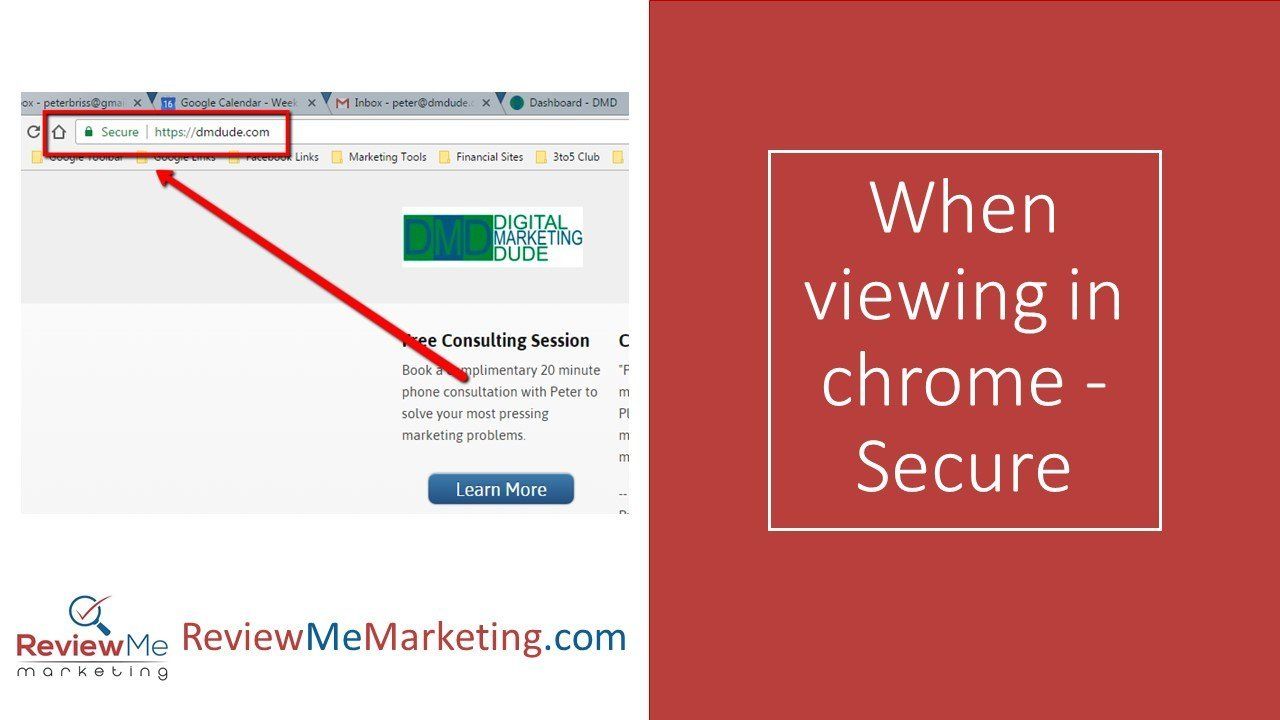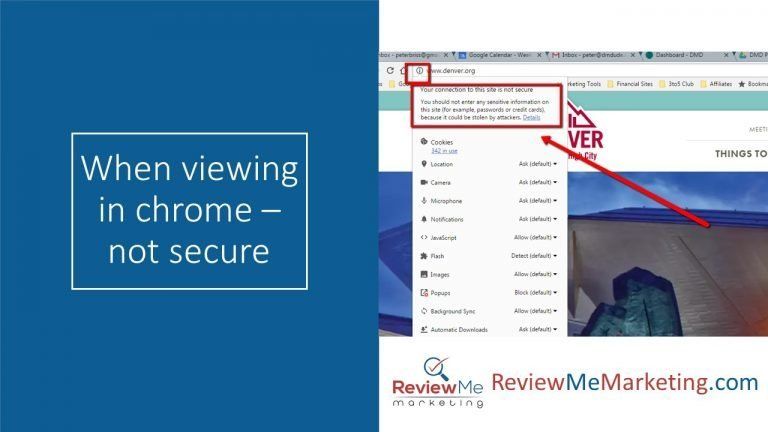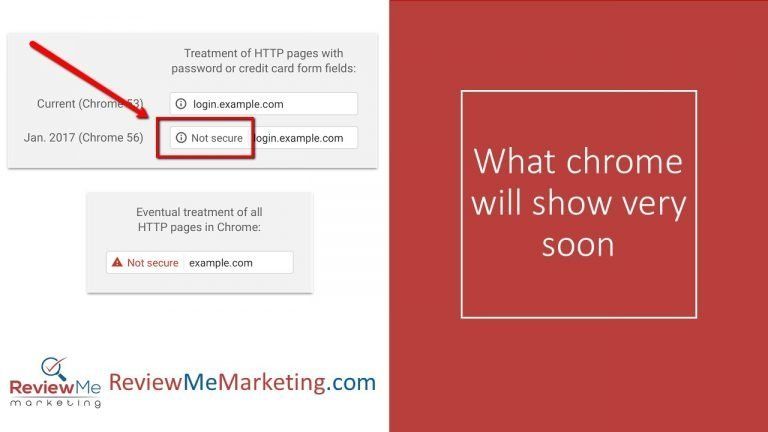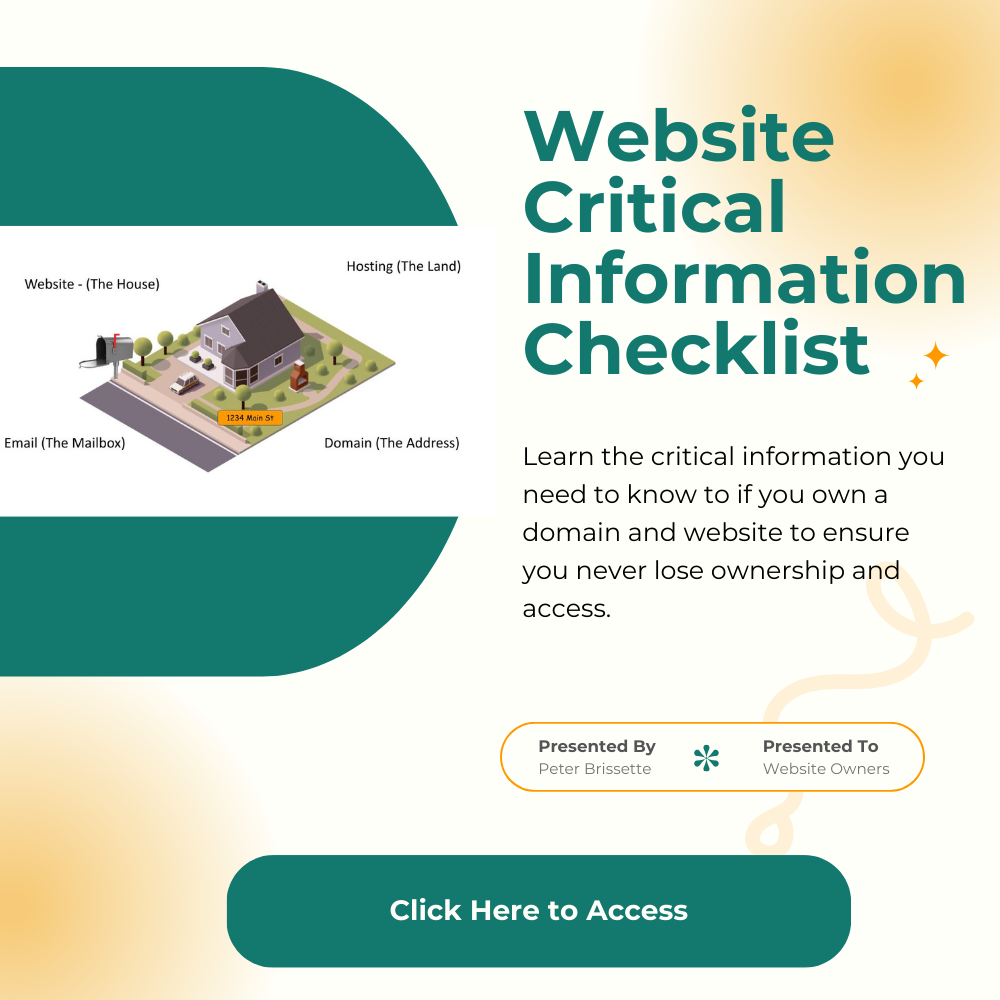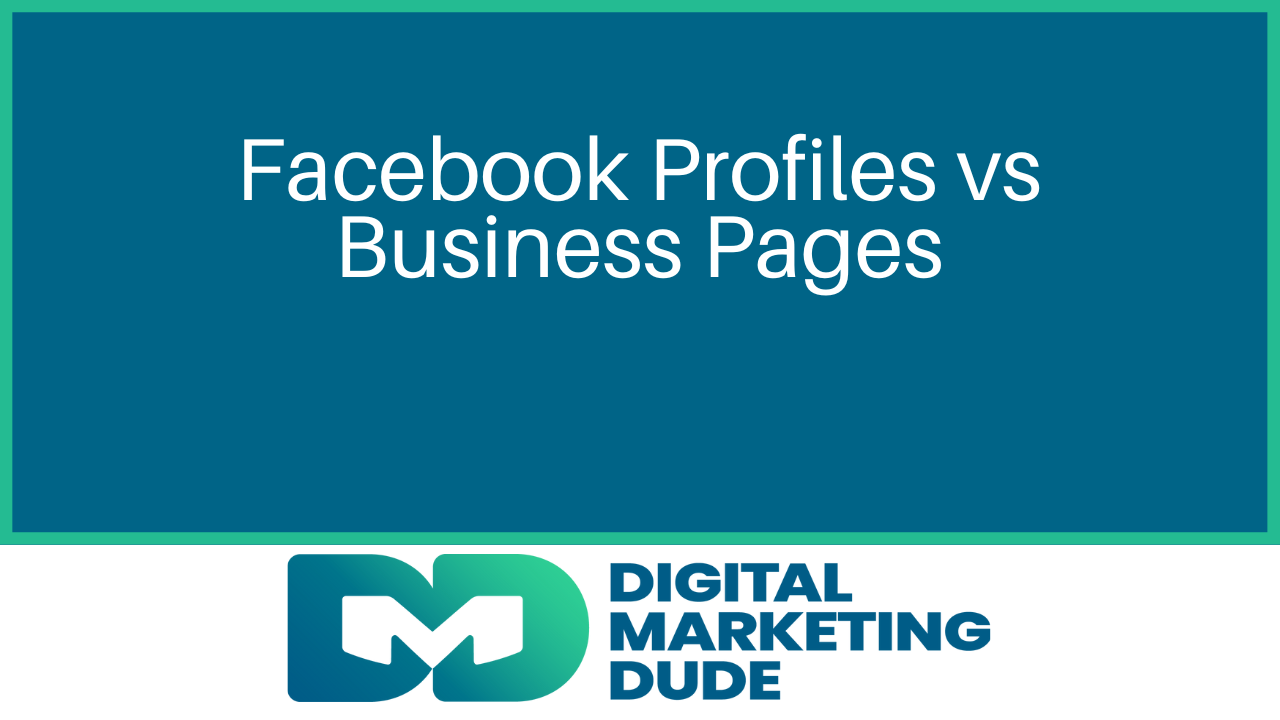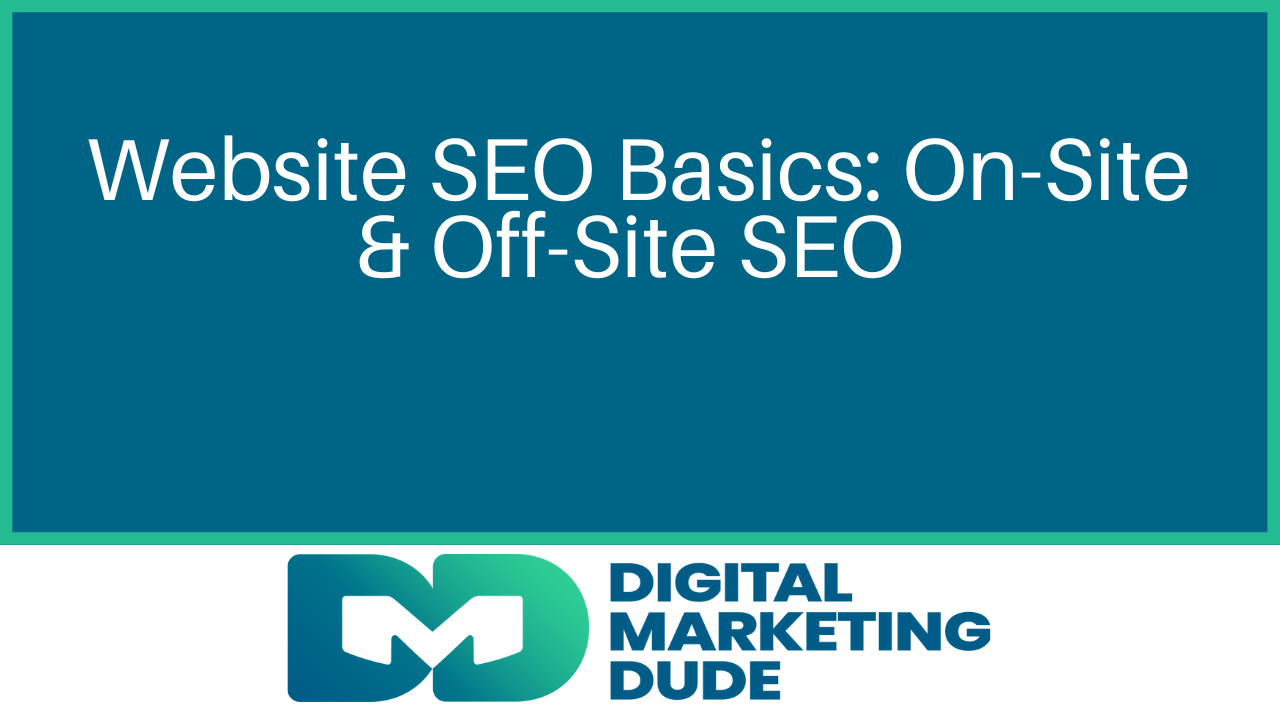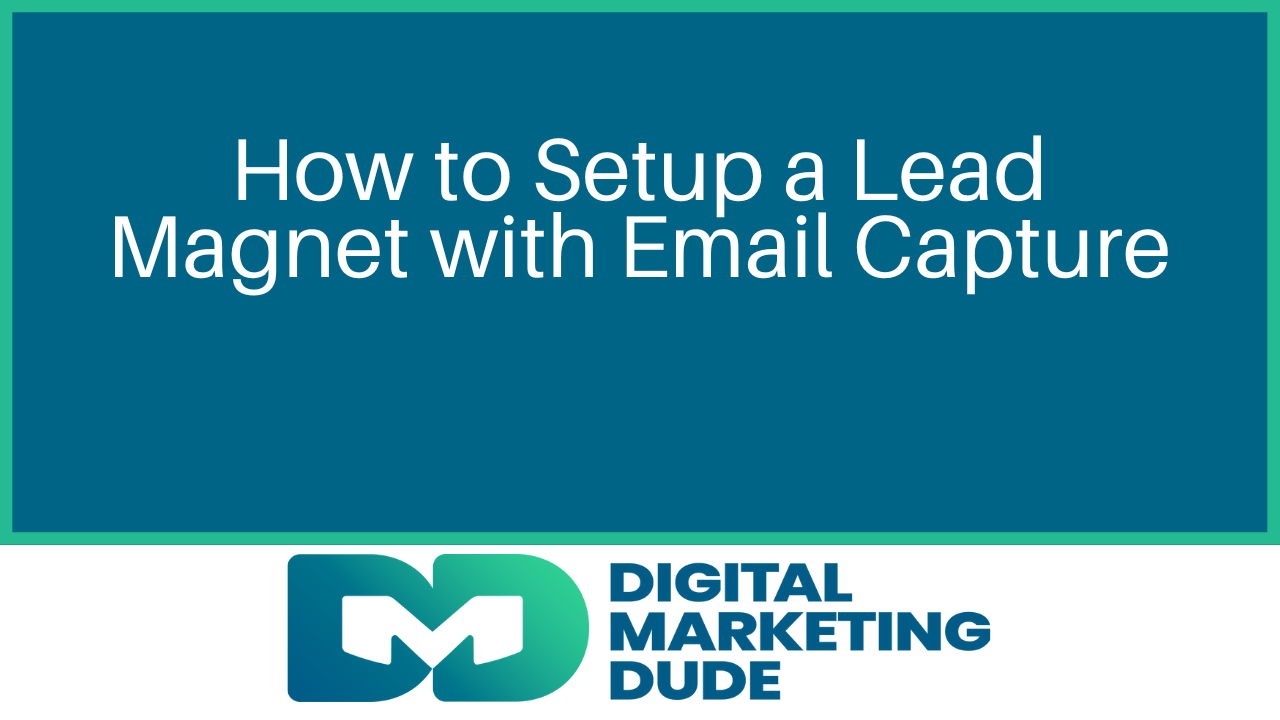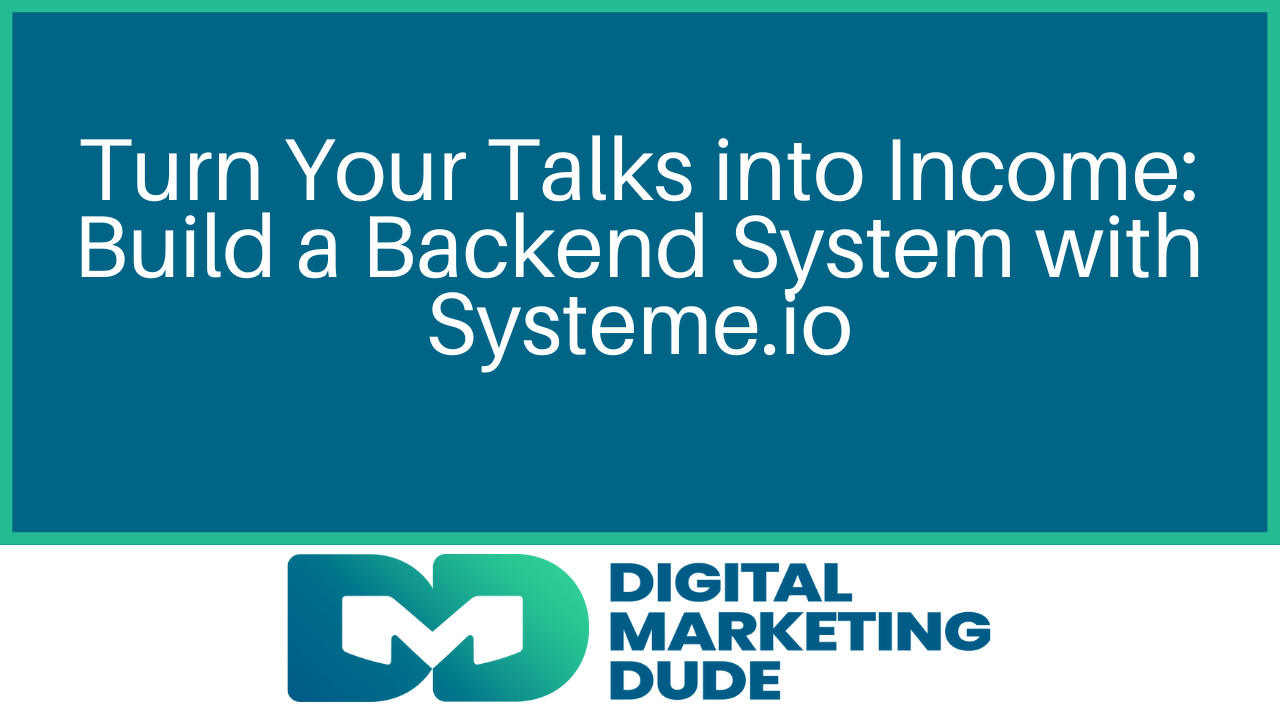What is “HTTPS” and Why Does it Matter?
Peter Brissette • January 24, 2017
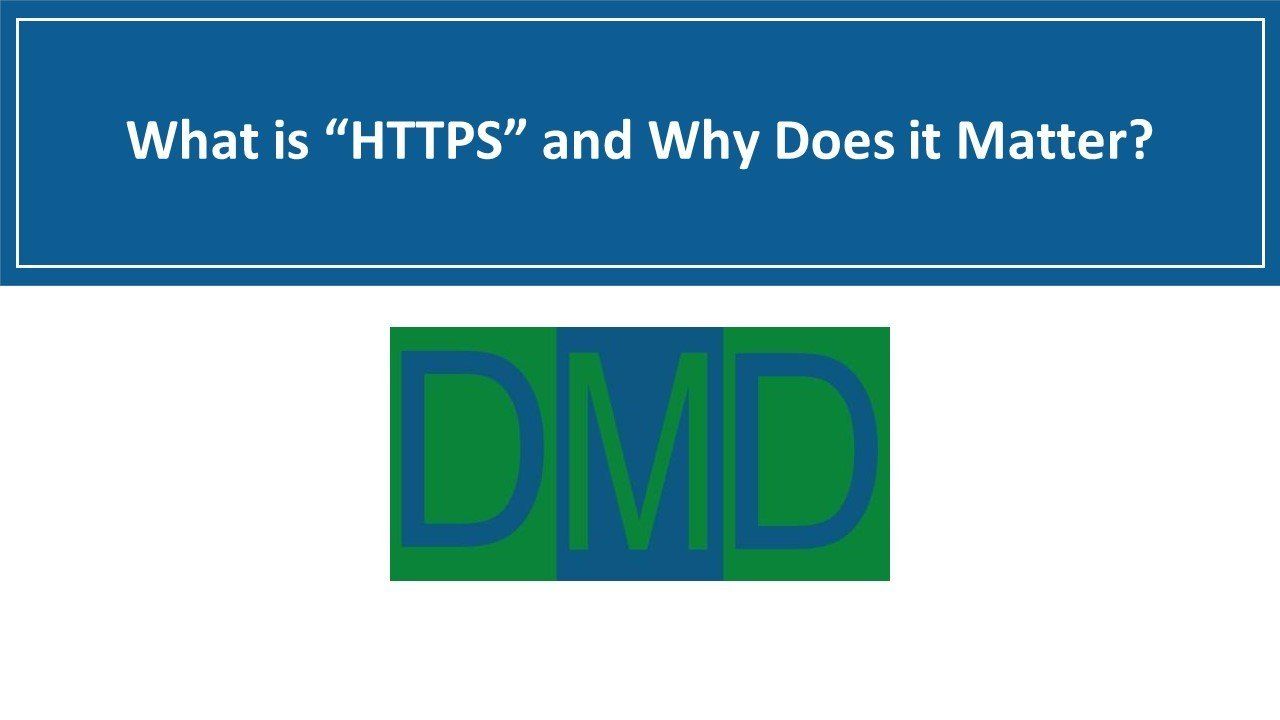
What I want to talk about this month is “https”. What does the “S” stand for in websites? I’m going to show you a couple things here. I’m going to bring up my browser and share my screen with you, and talk about https and something that Google is doing, and what can we do about it, and what should we do about it?
Back in September, Google published this blog post, talking about their browser, Google Chrome.
Right now, when you go to a website that doesn’t have https, which means that it’s not encrypted, and this is really important for if you have a form or a login, or you’re putting any kind of personal information on a website. What it does is encrypts that data, and helps protect it, and keep it from other people getting ahold of it through the “interwebs.” What Google is doing is going to display websites as either being secure or not secure. I’ll show you an example of what secure looks like:
We have https on the DM Dude website, and you can see here, this is what it looks like in Google Chrome. It shows up saying it is secure– it’s got the https. Now, right now, as Chrome Version 53, it just shows an “i” next to the name if it’s not secure. So here’s a website denver.org. Now this is not a site where you have to put information in, other than your email to sign up for an email list, or to do a search. So it’s not necessarily necessary to be encrypted, but you got the “i” here. When I click on this I, it shows here that this site is not secure. That can make you a little bit nervous about that.
Now what they’re going to, this month, so when they do the Version 56 of Chrome, which should be launched some time in January, it’s going to actually say, “Not secure,” next to that. Instead of just the “i”, it’s actually going to say, “Not secure,” but eventually, it’s going to actually show up in red, with kind of this warning sign. “Warning. Warning. Not secure. It’s not secure.” What should you do about this? All right. Here’s my take on this. Number one: Google is kind of pushing the issue with secure. Not 100% sure why they’re trying to push this.
It’s honestly, in reality, not that big of a deal. Most websites are not capturing a bunch of data, they’re just information websites; they don’t really need to be secure. But Google is hinting at providing more search engine juice, or improving the search ranking of sites that have https. We don’t know if they’re actually doing that, or how much it will impact your search results. It’s really hard to say, but Google is definitely pushing the issue. The cost of this is maybe a couple hundred dollars a year to have it on your domain, to make it https, so if it’s not a big press for budget-wise, I would say go ahead and do it.
But when do you need to do it? Is it something, “Oh, I got to do this immediately. I got to drop everything and do this right now?” No. I would say, you don’t need to drop everything and do this right now. What we’re recommending for our clients and customers is, if we’re able to do it pretty easily right now and they’re fine with it, we’ll go ahead and upgrade them to the https. But in general, we’re kind of watching it. Is it absolutely necessary for every single website? The fact is, no. It’s not. Google’s pushing it, but the challenge really is that people are going to get the impression that a website is not safe because of what they’re going to put in Google Chrome.
It’s really not necessarily true, but if it’s a concern for you and your website, and depending on how vital your website is to your business (which for a lot of business owners it is) then it’s kind of a simple process to get it set up and have it done, and then you won’t have to worry about it.
This is the big thing I wanted to share with you here in our Monthly Marketing Message for January. Just kind of one of the latest, greatest things that’s come upon us, and changes that Google is making, and just to make you aware of that.
I hope you found this helpful. If you have any questions about it, and you’d like to have some input on what kind of questions you like us to answer, just put that in the comments below this video. Whether that’s on YouTube, or Facebook, or wherever you might find it.
Thank you, and have a great month.
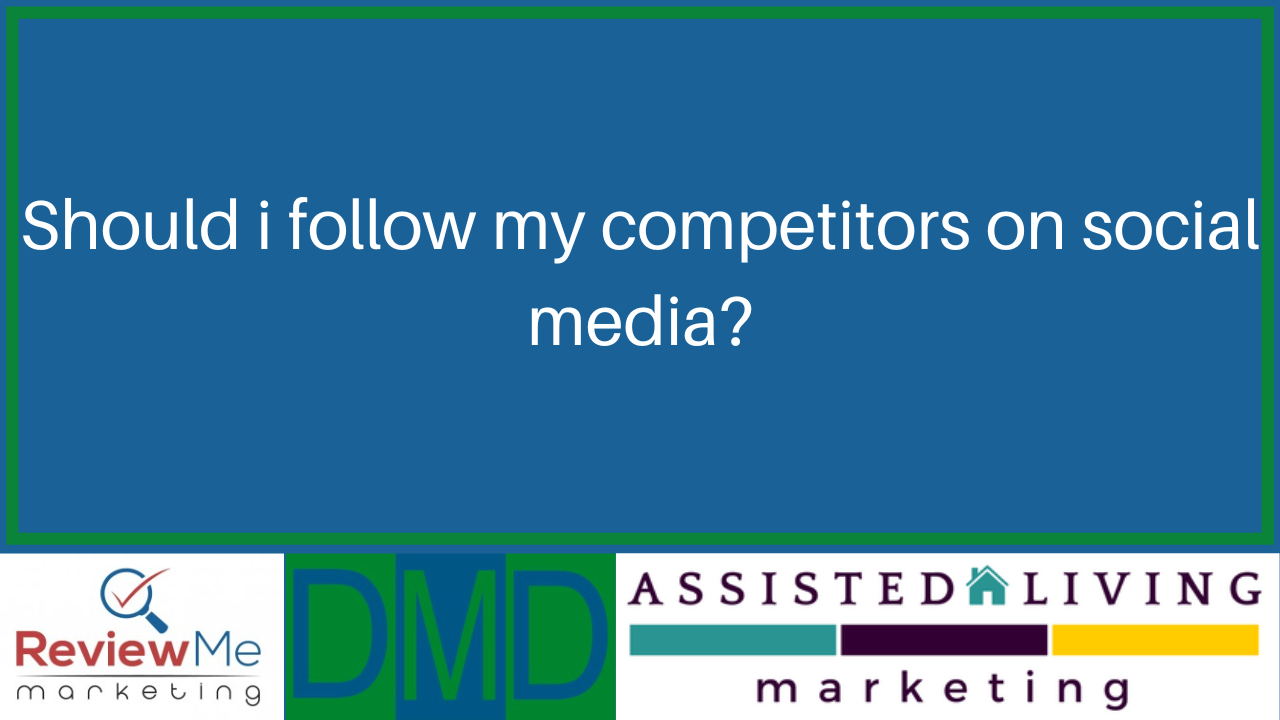
The last question that should we follow our competitors on social media? Sure, why not. You know, you want to see what they're doing and see what's happening there. You know if you're going to be active and you're really trying to use social to build your business then having a good idea what's what your competition is up to is probably important. And you know sometimes what I find with so called competitors is that we you know often times find people that we can collaborate with. It doesn't necessarily mean they are competitors so we work with a number of other marketing agencies and provides some services for them for their clients that they don't necessarily do, but they hire us to do it for them. So like I work with other marketing agencies, so they're not necessarily, you know, your competitor and everything. So but yeah, see what's going on you know, investigate, read up on them, see what they're doing, check out their websites, see what they're ranking for. You know, the more you understand the competitive landscape, the more you know what you should be doing and what you need to do.
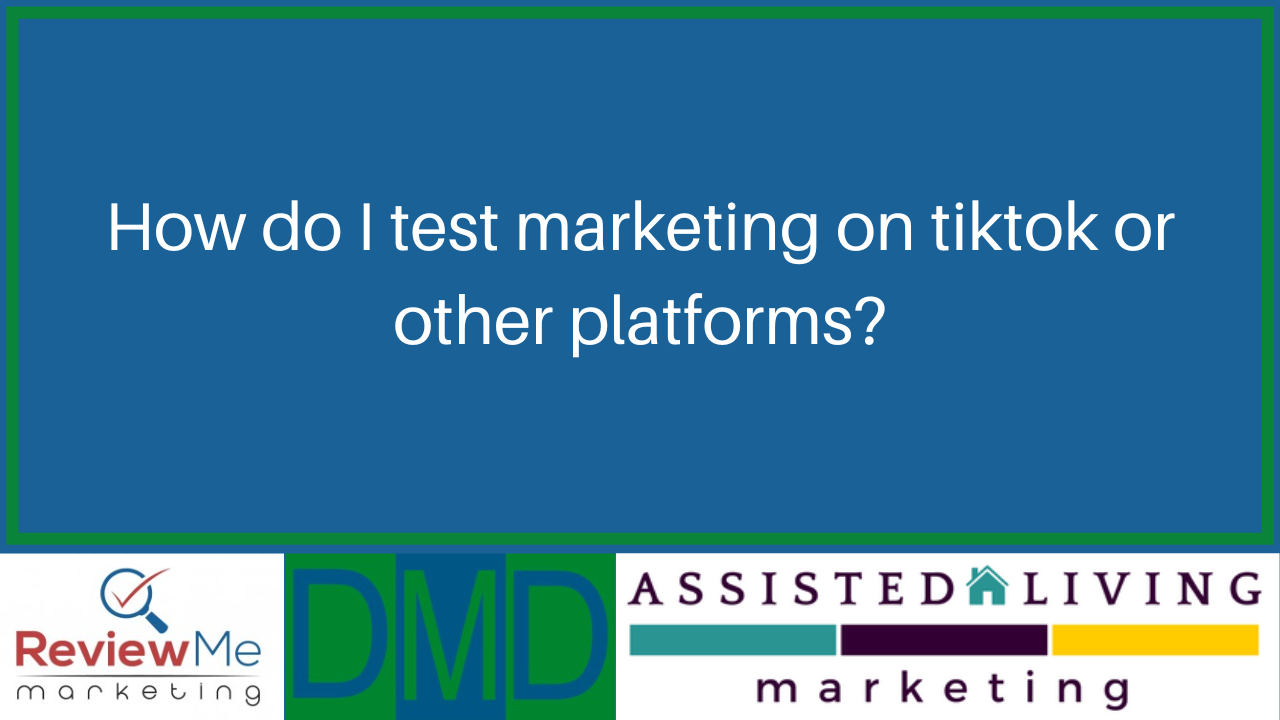
And the last question that we have is, can you say more about running a test on TikTok yeah, I so I'm not on TikTok I'm not using tiktok. I wind up watching a lot of TikTok videos on Facebook and the Facebook reels. I think it's fascinating. I find it very interesting. But it's not a platform that I've taken the time to jump on at this point. Again, based on where I'm at with strategy and so forth, it's not a fit for me. But anytime you're using any platform, if you're going to do something, you want to come up with some means of measurement. How am I going to measure success? What does success look like? Is it I, you know, posted a video and I got a thousand views. Is that success you know or is it actually driving traffic and are you tracking how much traffic and then are you tracking what happened to that traffic? Did they fill out a form, did they make a phone call? Like what's the, where do you want that to go? So we really need to step back and think about that whole process. Of creating content, I'm pushing this through to, you know, to my website. And this is what I want to have happen. This is what I wanted the results to be. And then how am I going to track it? How am I going to measure it and do that so anytime you're spending, anytime you're doing something new in particular. Or you're spending any money you need to track it all the way through. All the way through.
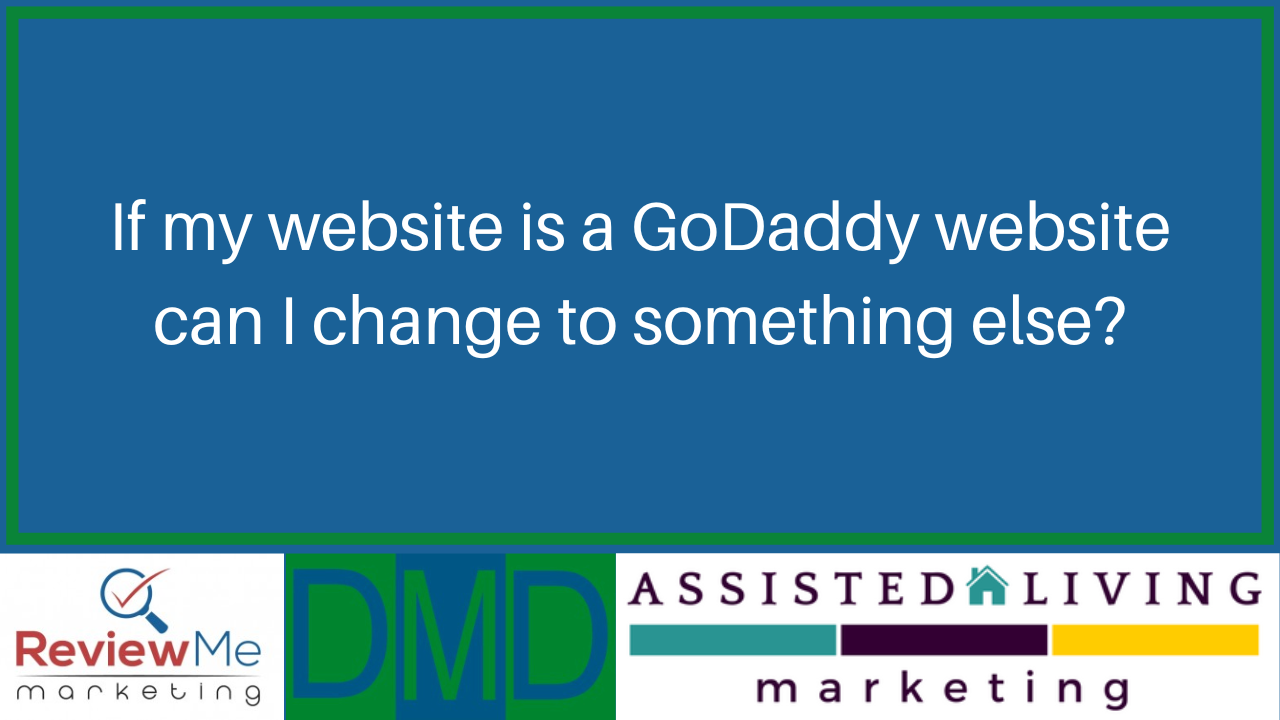
The next question that we have is if you have a GoDaddy web page already and are having some issues, are you able to switch over somehow? You can build your website on any other platform and then just you just change the domain where the domain points. So yeah, you can do that anytime. Thank you, Peter.
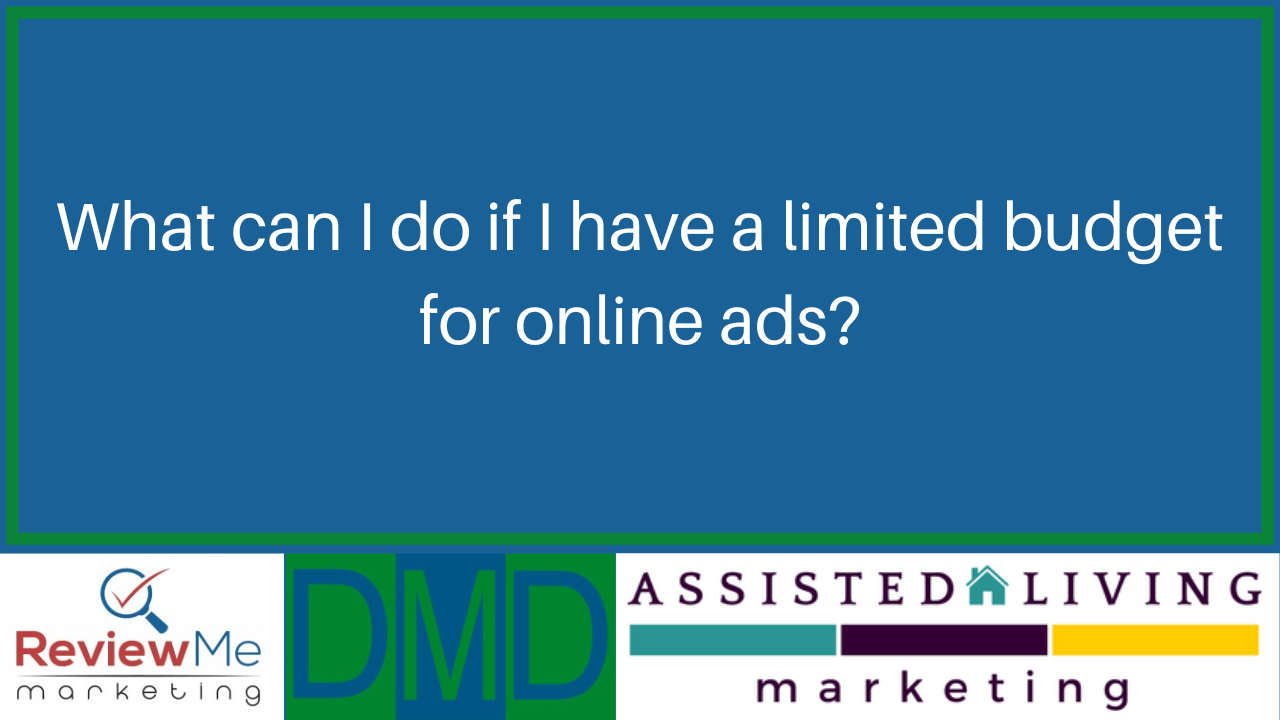
Next question is how powerful are paid plans to things like Google Adwords or whatever it is called now regarding driving traffic, how can you possibly compete when you don't have the cash to put towards such programs? Yeah, so that's where you gotta get creative. So again we're small businesses and we don't have you know, unlimited funds to you know, just throw a bunch of ads up and you know compete with some other big companies so. Again, this goes back to what are the things I can really do better, because chances are your website is getting some traffic and it could be getting good traffic, but if your messaging isn't clear on your website, you're not getting them to take the next step. They're not making a phone call or filling out a form. So where I can put energy and effort is in that messaging and that and being very clear about who I'm working with, the problem I solve, how I solve it. So that whoever does come across my radar, I have a much higher chance of converting that person then someone else. So you know it's not the best product that always wins, it's who's the best communicator. And so that's why I talk about what you own and what you can't can control and making sure that is dialed in. And doing what it's supposed to do so that if you do go I, if I'm dialed in and I know everything is working well with my website and it's communicating clearly now, I can spend a small amount on ads and drive a small amount of traffic knowing that I'm probably going to get a decent amount of conversions because my messaging's on point and so I don't have to spend as much as the big guy. But I can be more effective because I've spent time working on the stuff that really matters. Thanks, Peter.
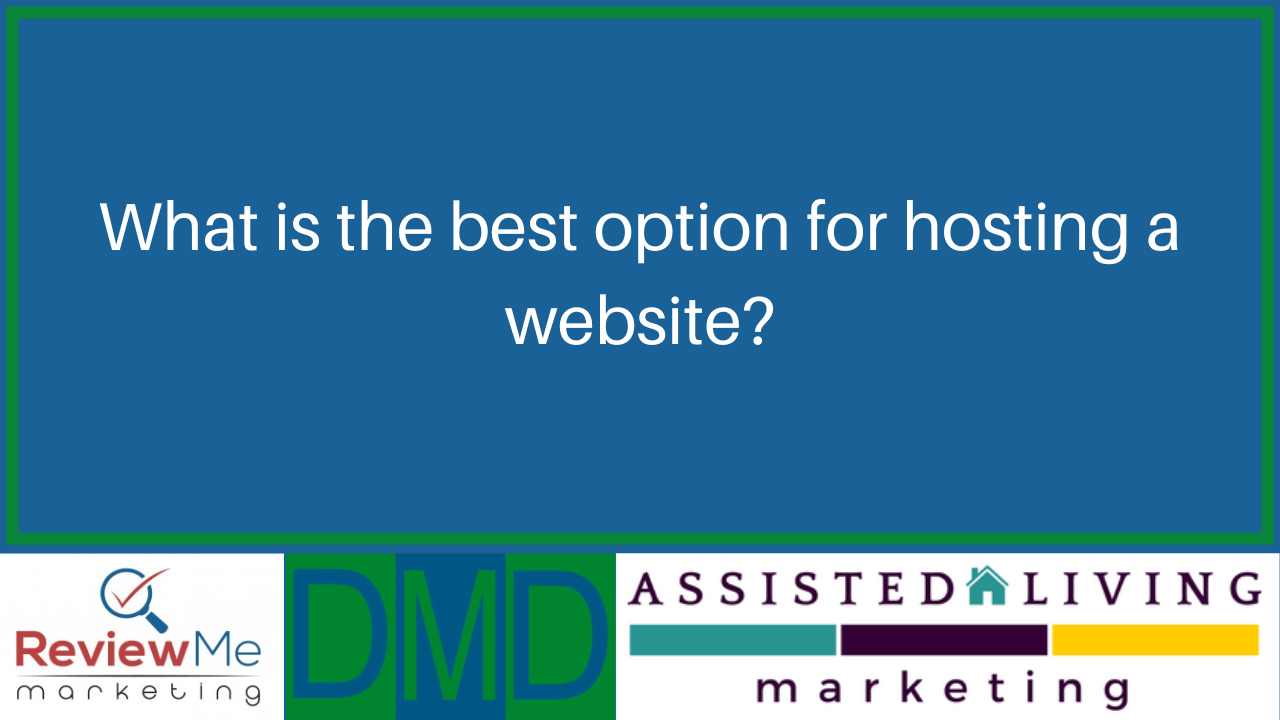
The next question is, we have a couple more here. What is your choice for a website hosting platform? So if you're going to host WordPress, my number one choice would be sitegroundsiteground.com That would be my top choice for WordPress hosting that, great support and all that. And again, you can have your. Domain on GoDaddy and it can point to wherever. It can point to Squarespace. It can point to site ground wherever it needs to go. But yeah, for WordPress site ground would be my top choice.


